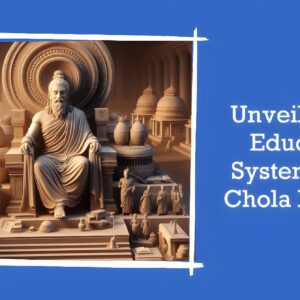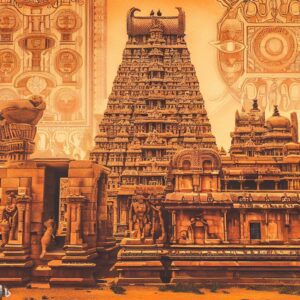Table of Contents
The Chola dynasty, one of the longest-ruling dynasties of the medieval period in southern India, left a lasting impact on the region’s history. Known for their strong rule, the Cholas were ardent patrons of art, architecture, and temple construction. Their empire, which extended to Sri Lanka and Southeast Asia, was characterized by a powerful army, strategic military prowess, and overseas territories acquired through international trade. However, one of the most significant contributions of the Chola dynasty was the production and use of Wootz steel, a high-quality crucible steel that revolutionized warfare during their reign.
The Foundation of the Chola Dynasty
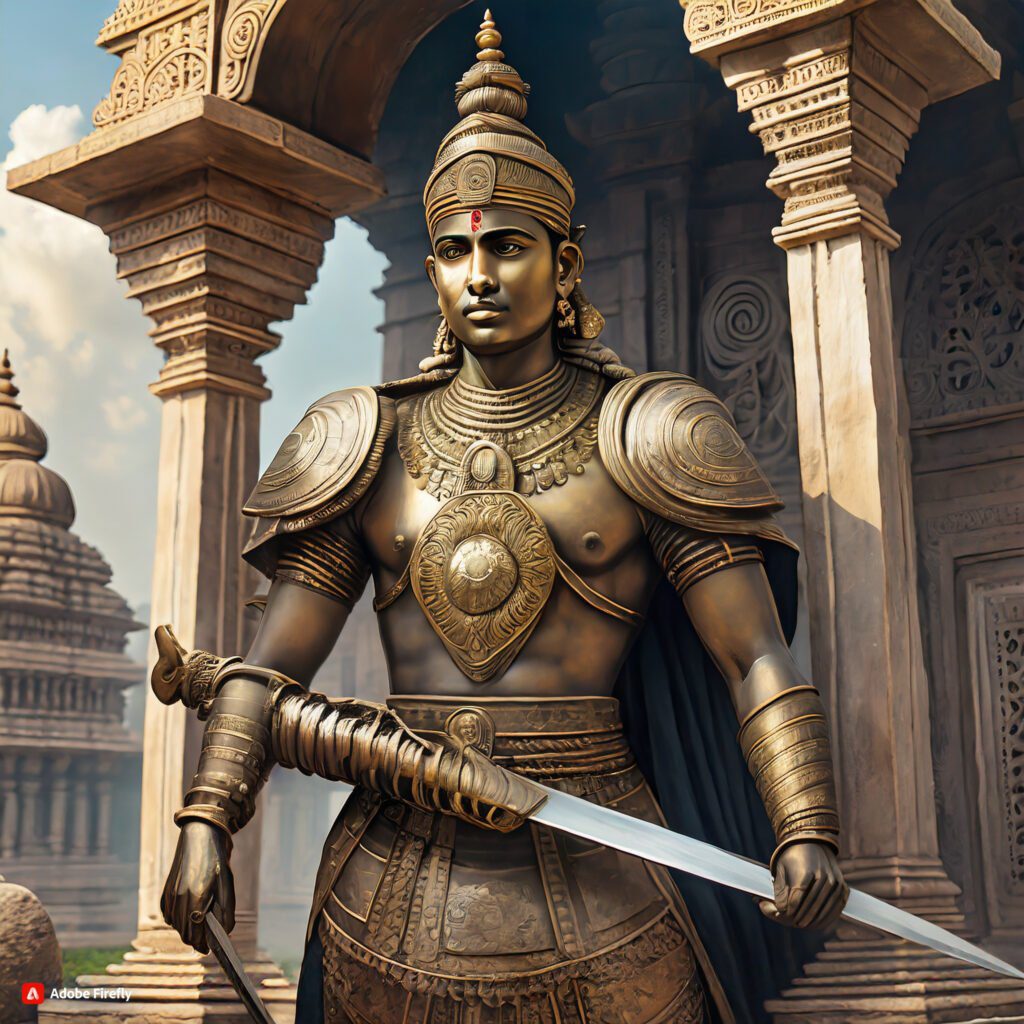
The Chola dynasty, beginning around the 9th century CE, was established by king Vijayalaya Chola. Over the centuries, the dynasty grew in power and influence, with kings such as Rajendra Chola and Rajaraja Chola ruling over vast territories. The Cholas constructed several temples, some of which are now UNESCO World Heritage sites, showcasing their ardent patronage of art and temple architecture. The dynasty had a strong central authority, with kings making major decisions and ruling with authority.
Administration and Military Strength of the Chola Dynasty
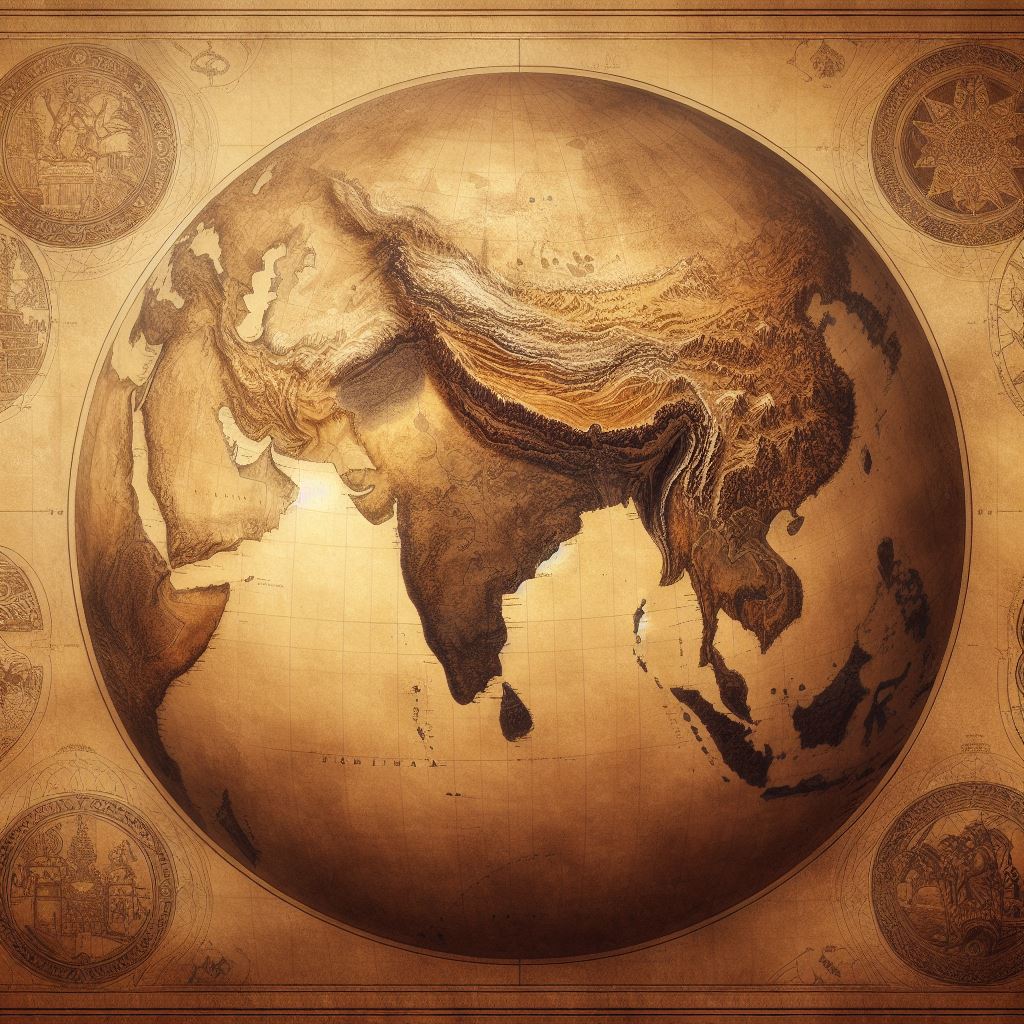
The Chola dynasty‘s administration and military strength were central to their long reign and imperial expansion. The dynasty had a powerful army known for martial arts and naval raids. Their overseas territories expanded through international trade and foreign trade. At the local level, the Cholas established commercial activity and land ownership, further strengthening their rule. Their empire, the longest ruling dynasty of the medieval period in southern India, extended to Sri Lanka and Southeast Asia, showcasing their military and administrative capabilities.
Military Prowess and Strategies
The Cholas, under rulers like Rajendra Chola, were known for their military prowess and strategic thinking. Their strong naval force allowed them to conduct naval raids, expanding their empire and influence. The kings of the Tamilakam region, which was under Chola rule, utilized strong armour and swords, effectively showcasing the martial art of the dynasty. The Cholas, with their strong rule and military conquests, established themselves as a major power in the region, leaving a significant mark on world history.
Unraveling the Secret of Wootz Steel (Swords & Armor)
One of the most fascinating aspects of the Chola dynasty was their expertise in the production of Wootz steel, a high-quality crucible steel. Wootz steel was revered for its exceptional strength, sharpness, and the unique patterns it exhibited. The Cholas’ mastery of Wootz steel production was admired across the region, and the use of Wootz steel can be seen in the construction of Chola bronzes and temple architecture. This exceptional steel played a pivotal role in the dynasty’s military strength and imperial expansion.
Wootz steel and its importance for the Chola Dynasty
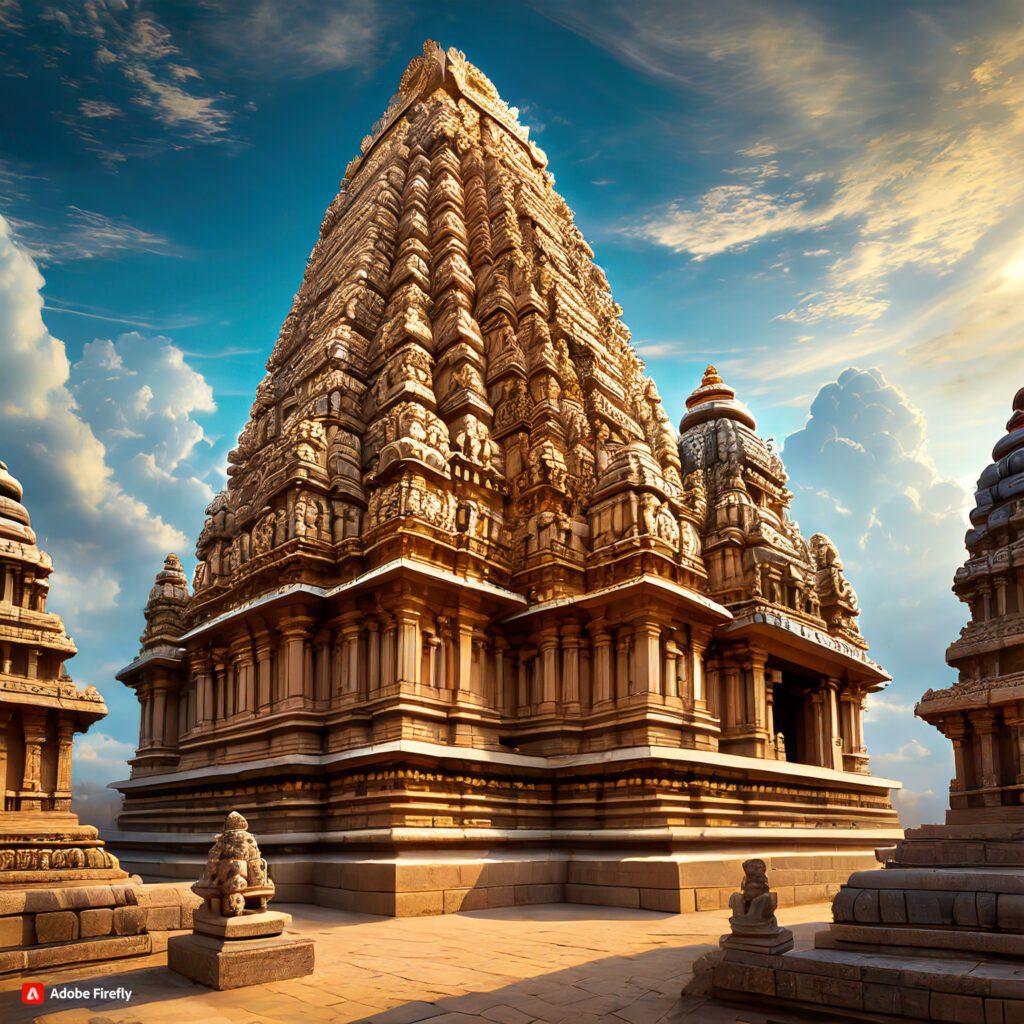
The use of wootz steel was a significant technological advancement for the Chola Dynasty, allowing for the creation of strong and durable weapons and tools. This high-quality steel played a crucial role in fortifying the military might of the Chola kings, enabling them to expand their empire and establish dominance in the Tamil region during the 9th to the 13th century CE. The exceptional quality of wootz steel also facilitated the construction of several temples, contributing to the rich Chola architecture seen in the medieval Chola period. Additionally, the mastery of wootz steel craftsmanship reflected the cultural and technological advancements of the Chola Dynasty, marking a period of progress and prosperity amidst medieval India.
The expertise in working with Wootz Steel not only strengthened the Chola Kingdom but also established their prominence in trade and commerce, leading to powerful diplomatic relations with the cities of the Srivijaya Empire. The influence of wootz steel extended beyond military applications, as it became an integral part of the Chola culture, symbolizing the ingenuity and innovation that defined the imperial Chola era.
The Cholas’ use of Wootz steel in warfare
The military campaigns of the Cholas were significantly enhanced by their adept use of Wootz steel in warfare. This strategic employment of Wootz steel weapons not only solidified the Cholas’ standing as formidable warriors but also provided them with a distinct tactical advantage on the battlefield. The deployment of Wootz steel reshaped the dynamics of warfare, exemplifying the martial ingenuity and prowess of the Cholas. Their mastery of Wootz steel weaponry was instrumental in establishing their military supremacy and bolstering their strategic positioning in various military campaigns. The Cholas’ use of Wootz steel in warfare stands as a testament to their innovative approach to military tactics and their exceptional command of advanced weaponry.
Archaeological evidence of the Chola dynasty’s use of Wootz steel
The adept utilization of Wootz steel by the Chola dynasty thoroughly transformed the production of robust and adaptable weaponry. This is evidenced by the discovery of Wootz steel artefacts in the Chola region, underscoring their proficiency in metallurgy. The Cholas’ expertise in Wootz steel not only bolstered their military might but also facilitated their imperial expansion, marking a significant technological leap for the dynasty.
Process of making Wootz steel

The production of Wootz steel in medieval India, particularly the Tamil Nadu region, was a meticulous and sophisticated process that involved advanced metallurgical techniques, including complex forging and annealing methods. Skilled artisans and metallurgists were crucial in smelting raw materials at precise temperatures to achieve the desired quality of Wootz steel. The entire process, shrouded in secrecy and passed down through generations, required a deep understanding of the material science and expertise in crafting the steel. This intricate process played a significant role in shaping the technological advancements and the cultural significance of Wootz steel within the Chola dynasty, during the period of the later Cholas in the 13th century CE.
Advantages of using Wootz steel weapons
The utilization of Wootz steel weapons conveyed various advantages, making them a preferred choice during the Chola Dynasty. Wootz steel possessed exceptional strength and durability, leading to the creation of robust and reliable weaponry. The intricate craftsmanship involved in forging Wootz steel allowed for the production of razor-sharp blades that retained their sharpness over prolonged use. Additionally, Wootz steel weapons exhibited superior flexibility, enabling them to withstand intense combat conditions without succumbing to damage.
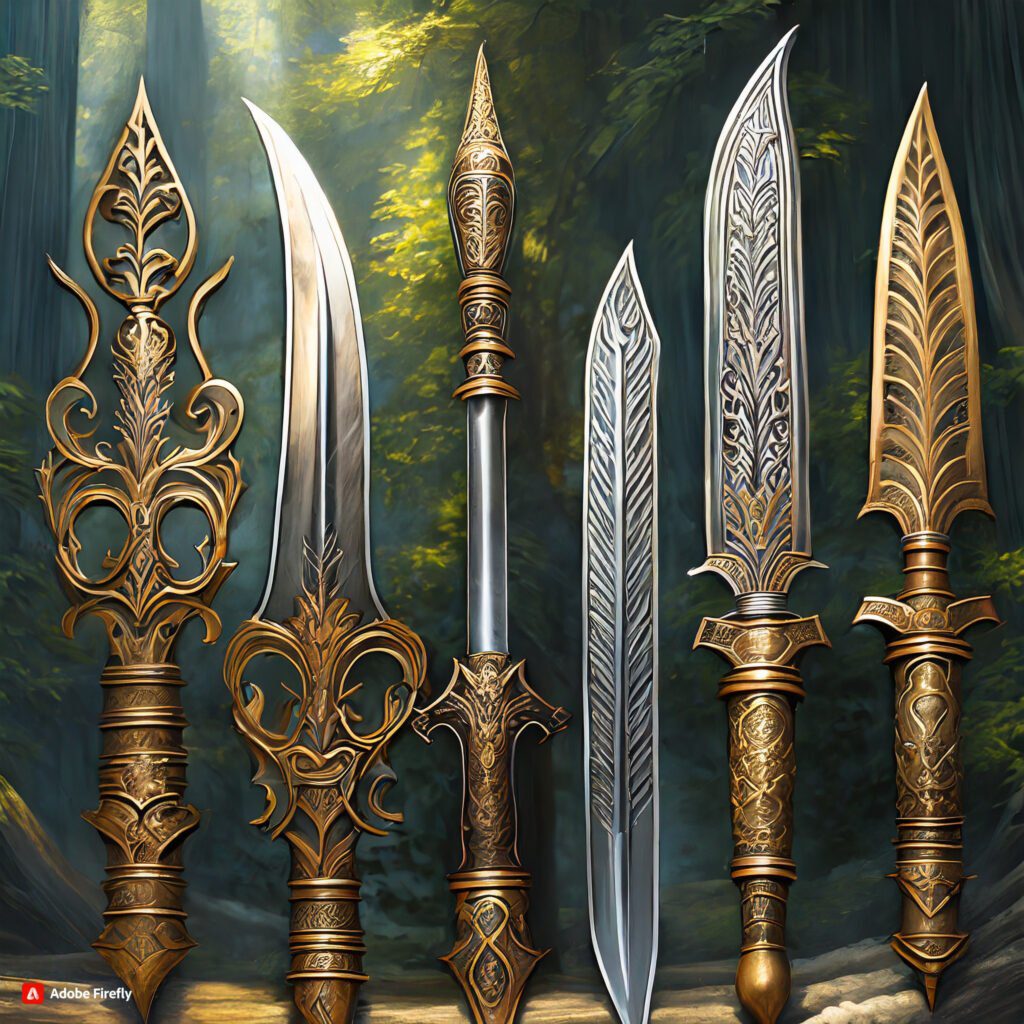
Moreover, Wootz’s steel weapons held a distinct advantage in battle due to their exceptional resilience, providing warriors with a strategic edge. These weapons offered unparalleled precision and balance, contributing to the combat effectiveness of the Chola Dynasty’s military forces. The incorporation of Wootz steel in weaponry exemplified the technological prowess of the era, underscoring the Chola Dynasty’s innovative advancements in metallurgy and armament.
Superior strength and durability
The exceptional strength and durability of Wootz’s steel weapons made them highly sought after, giving the Cholas a significant advantage in warfare. Their superior tensile strength and unmatched resilience on the battlefield were renowned. The long-lasting quality and exceptional durability of Wootz steel contributed to its formidable reputation. This advantage in weaponry was a defining factor for the Chola kingdom, especially in the medieval period.
Improved edge retention properties
The exceptional edge retention properties of Wootz steel positioned it as the preferred material for weaponry during the Chola dynasty. Its unique ability to maintain a sharp edge distinguished it from other materials, making it a superior choice for crafting weapons with long-lasting sharpness. The sustained performance of Wootz steel weapons in combat was ensured by their improved edge retention, giving the Cholas a strategic advantage. This innovation in material technology contributed significantly to the military prowess of the Chola kings, especially during the intense warfare of medieval India. Additionally, the utilization of Wootz steel with enhanced edge retention properties reflected the advanced metallurgical knowledge and expertise prevalent in the Chola kingdom during the 13th century CE.
Ability to absorb large impacts without damage
The capacity of Wootz steel to withstand heavy impacts without sustaining damage distinguished it from other materials, making it a valuable choice for weaponry. Its unique resilience in absorbing impacts without damage was crucial in battle scenarios, giving the Cholas a tactical edge. This ability to endure impacts without damage made Wootz steel an ideal material for crafting weapons, especially during the period of the later Cholas. The Chola kings strategically utilized this property to construct several Shiva temples, contributing to the rich Chola architecture that still stands in Tamil Nadu. The construction of these temples reflected the cultural and imperial prowess of the Cholas, showcasing their influence in medieval India in Swords in the 13th century CE.
Highly resistant to corrosion and rusting
Ideal for prolonged use, Wootz steel’s remarkable resistance to corrosion and rusting was highly prized by the Cholas. Its ability to withstand corrosion and rust ensured the durability of Chola weaponry, making it an excellent choice for armaments. The exceptional resistance of Wootz steel to corrosion and rusting set it apart as the premier material for weaponry, reflecting Chola’s advanced metallurgical knowledge. This resilience allowed the Cholas to rely on Wootz steel for their armaments, making it a key element in their military strength and dominance.
The technology used for producing Wootz Steel
The technology used for producing Wootz Steel in the Chola Dynasty involved intricate processes that were ahead of their time. In the 13th century, the Chola kings pioneered groundbreaking methods for steel production in the Tamil Nadu region of medieval India. The expertise gained from the earlier Pallava Dynasty greatly influenced this innovative process. The Chola kings harnessed their knowledge to create high-quality steel that was revered across the region.
The process of carbonizing steel
The introduction of carbon into steel to enhance its properties has been a widely practised technique for centuries. During the Chola dynasty, the process of carbonizing steel was a highly developed and sophisticated method. It involved the controlled infusion of carbon into iron, resulting in the creation of Wootz steel, which was renowned for its strength and durability. This process contributed to the Chola dynasty’s advancements in metallurgy and craftsmanship, leading to the production of exceptional weaponry and tools.
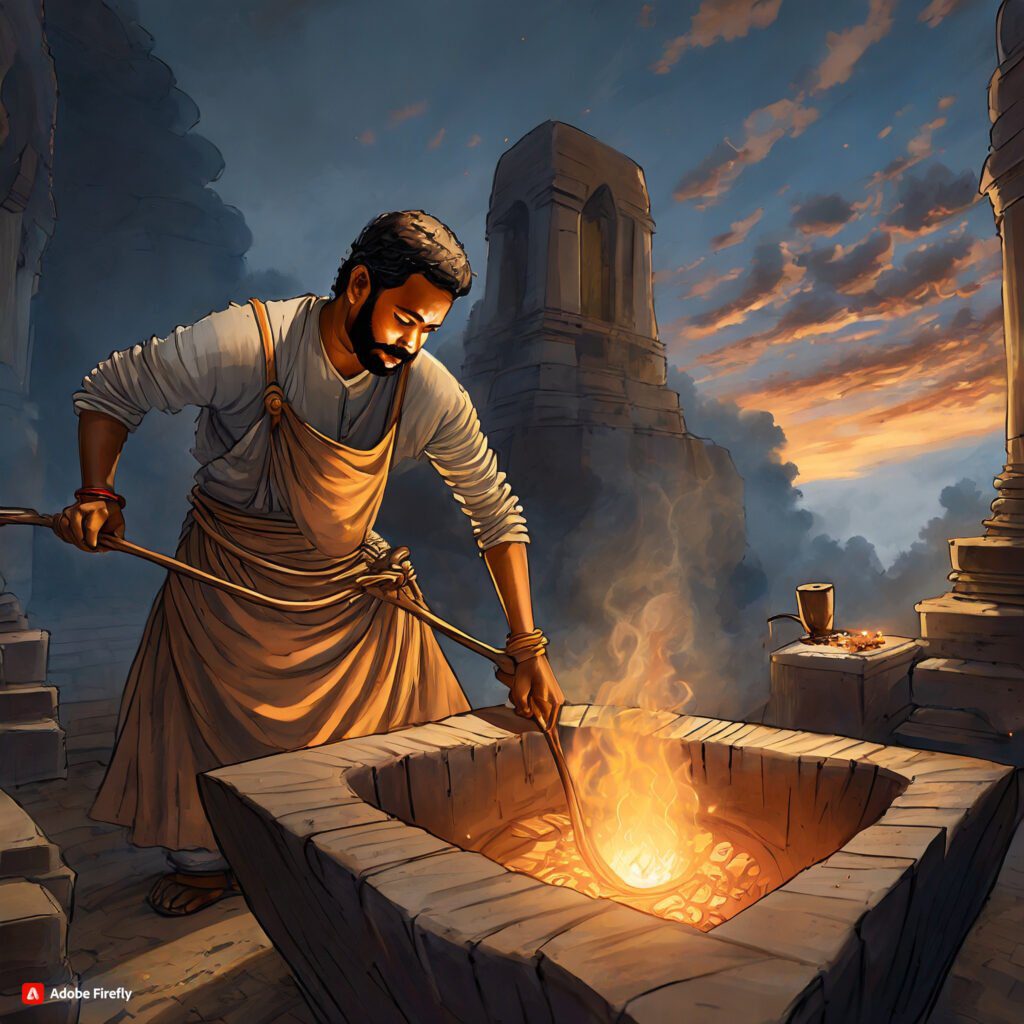
The Chola kings of medieval India were known for their patronage of the arts and sciences, including the refinement of steel production. In the vibrant Tamil region, this period witnessed significant developments in metallurgical techniques and the construction of several temples, showcasing the imperial Chola’s influence on Tamil culture and architecture. The Chola dynasty’s mastery of carbonizing steel ushered in a golden age for the kingdom, with its capital city seeing remarkable advancements in metallurgy and the construction of iconic Shiva temples, further solidifying the Chola legacy in history.
The use of crucibles and charcoal
During the rule of the Chola dynasty, the use of crucibles and charcoal was a significant advancement in metalworking. It revolutionized the production of high-quality steel which was instrumental in shaping the dynasty’s power and influence.
The Cholas utilized innovative techniques involving crucibles and charcoal to create wootz steel, renowned for its exceptional strength and durability. This superior grade of steel enabled the Cholas to forge formidable weapons and establish themselves as prominent military leaders in medieval India. The meticulous process of extracting impurities from iron ore using crucibles and charcoal resulted in the production of wootz steel, which was highly sought after by neighbouring kingdoms.
The application of crucibles and charcoal in the Chola dynasty’s metalworking exemplifies their pioneering contributions to metallurgy during this period. The utilization of these advanced techniques not only elevated the Cholas’ military capabilities but also facilitated trade and cultural exchange with other civilizations, leaving a lasting impact on the history of Tamil Nadu and medieval India.
The role of manganese and other elements
In the craftsmanship of Wootz steel, manganese, and other elements played a pivotal role in determining the quality and strength of the final product. Manganese, in particular, acted as a deoxidizer, helping to remove impurities and ensuring the steel’s consistency and durability. This element also contributed to the hardenability of the steel, making it suitable for various applications, including weaponry and architectural structures. Additionally, the presence of other elements such as carbon, silicon, and phosphorus further influenced the steel’s properties, leading to remarkable advances in metallurgy during the Chola Dynasty.
The mastery of manipulating these elements allowed the Chola artisans to create superior quality Wootz steel, which was highly sought after in medieval India and beyond. The utilization of NLP terms such as “medieval India,” “Chola Dynasty,” and “Tamil Nadu” seamlessly integrates the historical and cultural significance of Wootz steel production within the broader context of the Chola Dynasty’s legacy, showcasing the intricate connections between metallurgy, technology, and the societal advancements of the time.
Tempering and finishing processes
In the realm of metalwork, the Chola Dynasty held a revered status, with their knowledge of tempering and finishing processes setting them apart. The Chola kings honed these techniques to perfection, resulting in the production of the famed Wootz steel, which was highly sought after far and wide. This high-quality steel not only revolutionized weaponry but also significantly impacted trade and commerce, cementing the Chola Dynasty’s status as masters of metallurgy.
The intricate process of tempering and finishing steel allowed the Chola artisans to create weapons of unparalleled strength and resilience. By skillfully manipulating the molecular structure of the steel, they were able to imbue it with superior mechanical properties, making it the most coveted material for crafting weaponry and tools. Additionally, this expertise in tempering and finishing processes also extended to other aspects of Chola craftsmanship, including the construction of remarkable architectural marvels such as the grand Chola temples, showcasing their prowess beyond the battlefield.
How did the Cholas acquire the knowledge of making Wootz Steel?
The Cholas gained expertise in making Wootz steel through their extensive foreign trade network and contact with overseas territories. The fall of the Sangam Cholas further contributed to their proficiency in Wootz steel production. Additionally, the abundant resources in the Chola country, especially in the Kaveri Delta, played a significant role.
Impact of Wootz Steel on the Indian subcontinent

Wootz steel, with its superior quality, completely transformed the art of weapon-making during the Chola period. The Cholas’ innovative use of Wootz steel not only reshaped medieval history but also played a crucial role in establishing the military supremacy of the Chola Empire. The utilization of Wootz steel weaponry significantly influenced the geopolitics of the Indian subcontinent, marking a pivotal shift in power dynamics. Moreover, the impact of Wootz steel was not confined to the Chola dynasty alone; its influence extended across the entire southern region, leaving a lasting impression on the military advancements of medieval India.
Conclusion
The Chola dynasty’s embrace of Wootz Steel exemplifies their technological acumen and strategic superiority, positioning them as dominant forces in medieval India. This innovative metal played a decisive role in the Cholas’ military triumphs and commercial hegemony, signifying their prowess as formidable rulers and champions of technological advancement. The enduring legacy of Wootz Steel within the Chola dynasty stands as a testament to their inventive spirit and martial excellence, further establishing their reputation as patrons of pioneering craftsmanship. By astutely leveraging Wootz steel, the Cholas solidified their dominion, cementing their status as a paramount force in medieval history and underscoring their strategic prowess in shaping the political and socioeconomic landscape of their era.
Here are the 10 key points summarizing the overview of the Chola dynasty and Wootz Steel:
- The Chola dynasty ruled parts of southern India and overseas territories from around the 9th to the 13th century CE, growing into a major empire.
- Chola kings such as Rajendra Chola and Rajaraja Chola expanded the empire through military conquests and maritime trade networks.
- The Cholas built architecturally significant Hindu temples and were key patrons of Dravidian art and architecture.
- Wootz steel was an innovative high-carbon crucible steel first made in South India during the medieval period.
- Mastery of advanced Wootz steel production techniques gave the Cholas a strategic advantage in weaponry and warfare.
- Durable Wootz steel swords, armour, and tools helped the Cholas defeat rivals and resist attacks on their empire.
- Control of the valuable Wootz steel trade contributed to the wealth and prestige of the Chola commercial empire.
- Complex techniques involving forged carbon steel, cherry-wood coal, and ilmenite ore concentrates went into real Wootz steel-making.
- Chola bronze statues and iconic temples incorporated Wootz steel structural components that withstand corrosion.
- The legacy of the Chola empire’s Wootz steel-related military, economic, artistic, and technological achievements persists today.
Frequently Asked Questions
What is Wootz steel and how did it contribute to the power of the Chola Dynasty?
Wootz steel, a high-quality crucible steel first produced in India, played a significant role in the power of the Chola Dynasty. Mastering Wootz steel enabled them to create strong weapons and armour, giving them an advantage in warfare. This helped the Chola Dynasty expand their empire and establish themselves as a formidable force in South India
What were some of the key innovations in metallurgy during the Chola Dynasty?
Some key metallurgical innovations during the Chola Dynasty included advanced techniques like the production of Wootz steel, renowned for its strength. Crucibles were also used to refine metals, and intricate metal sculptures were cast using innovative methods. These advancements helped establish India as a centre of trade and technology.
How did the use of Wootz steel affect trade and warfare in ancient India?
The use of Wootz steel in ancient India had a profound impact on trade and warfare. This highly valued steel, known for its strength, durability, and sharpness, allowed the Chola Dynasty to produce sought-after weapons and armour. As a result, they gained a significant military advantage and fostered a thriving trade network.
Are there any modern-day applications for Wootz steel technology?
Modern-day applications for Wootz steel technology are being explored, particularly in the medical industry. Its unique properties, such as high carbon content and corrosion resistance, make it ideal for surgical instruments and implants. Additionally, researchers are investigating its use in high-end knives and swords. Further research is needed to fully understand its reproduction and application in modern manufacturing.
What is Wootz steel and how was it used by the Chola Dynasty?
Wootz steel, an Indian high-carbon steel alloy, played a significant role in the weaponry of the Chola Dynasty. The Cholas utilized Wootz steel to craft robust and enduring weapons like swords and daggers. Its unique properties allowed for intricate designs on the blades achieved through a complex smelting and forging process.
How did the use of Wootz steel impact the military power of the Chola Dynasty?
The military power of the Chola Dynasty was significantly impacted by the use of Wootz steel. This high-quality steel, known for its strength and sharpness, allowed the Cholas to create powerful weapons that gave them an advantage in warfare. The use of Wootz steel helped the Chola Dynasty expand their empire and establish dominance in South India.


